Dopo aver attraversato uno dei confini piu’ remoti sino ad ora, quello di Posof, ritorno in Turchia, destinazione Kars. Lo scopo principale e’ la visita ad Ani.

<<città medievale in rovina situata nella provincia turca di Kars, vicino al confine con l’Armenia. Nel medioevo fu la capitale del regno armeno, che comprendeva la maggior parte dell’attuale Armenia e della Turchia orientale.
La città è collocata tra le gole del fiume Akhurian ed est e la Tzaghkotzadzor valley ad ovest. Il fiume Akhurian è un affluente del fiume Aras e forma parte del confine tra la Turchia e l’Armenia.
Chiamata la “Città delle 101 chiese”, la città era al crocevia di diverse strade commerciali e i suoi edifici religiosi, palazzi e fortificazioni erano tra i più avanzati, sia a livello tecnico che artistico, del mondo.
Nel suo periodo di massimo sviluppo, all’interno delle mura di Ani vivevano tra i 100.000 ed i 200.000 abitanti e la città, nota il tutta la regione per lo splendore e la ricchezza, fu rivale di Costantinopoli, Il Cairo e Baghdad; successivamente fu, però, abbandonata e dimenticata per secoli.>>
Wikipedia
Signori, una meraviglia di posto.
Quella che vedete e’ una chiesa colpita da un fulmine e crollata per l’esatta meta’:
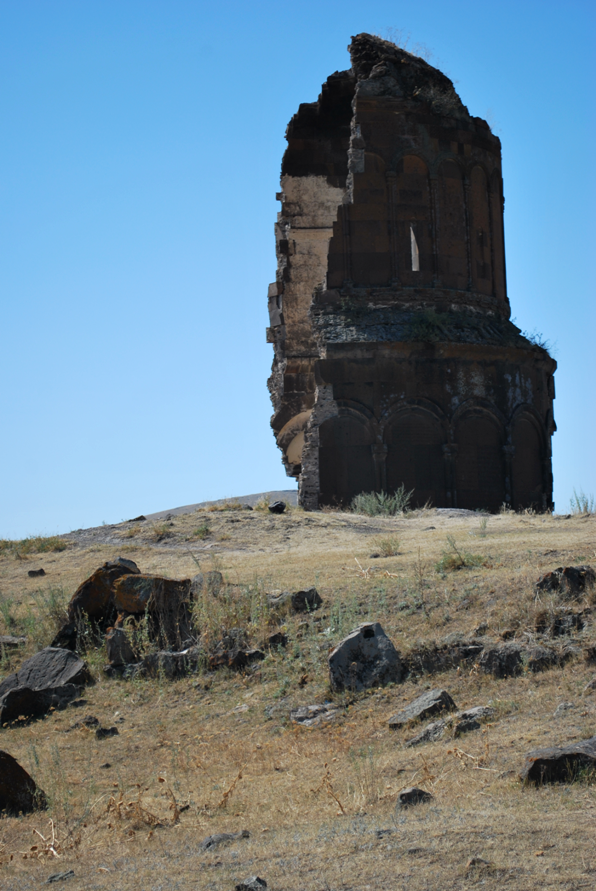
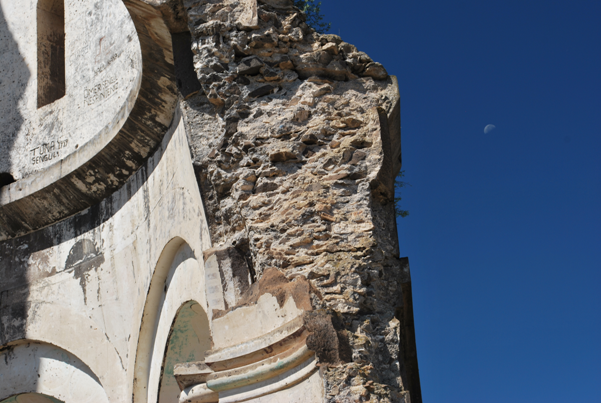
Un’altra chiesa appena sopra la riva del fiume:
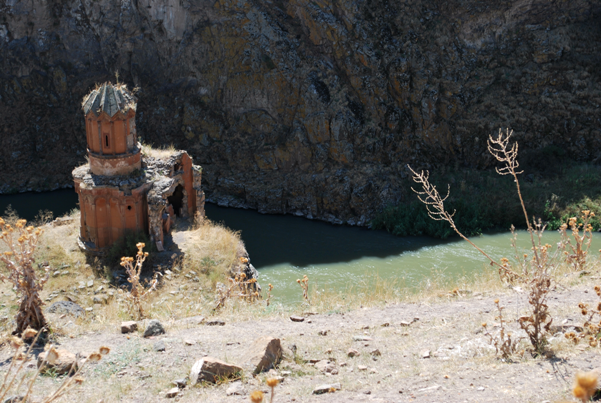
Il ponte diroccato. Una volta Ani era alla fine della via della seta:
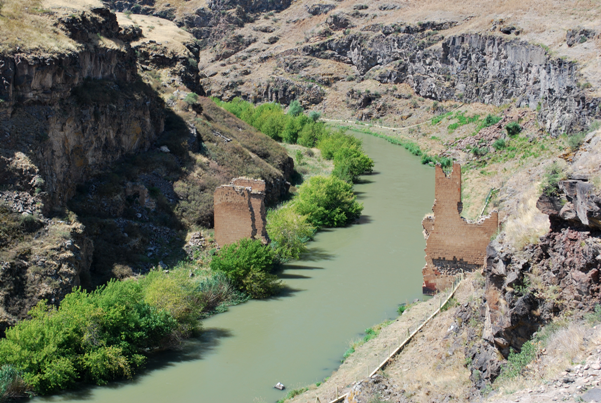
Un’altra chiesa:
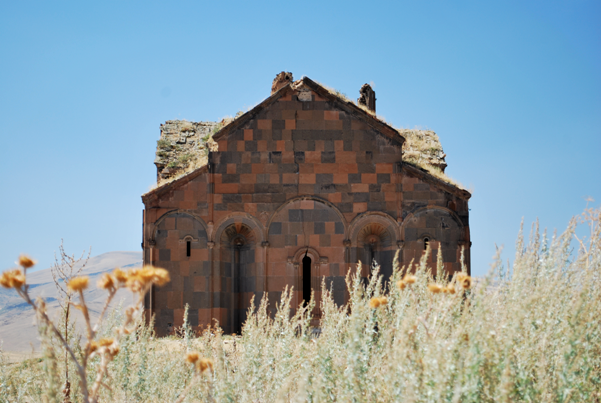
Le rovine del castello:
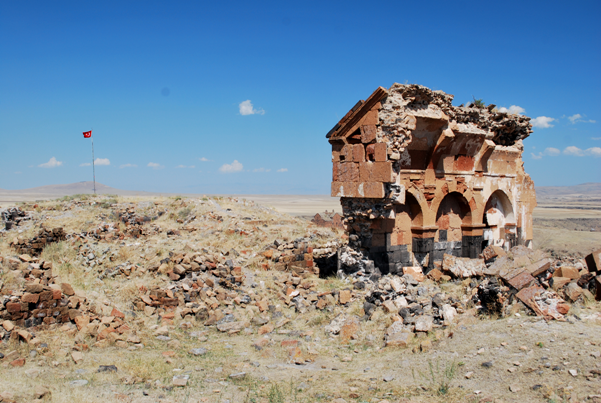
Bambini che mi salutano con “hello” e poi si vergognano:
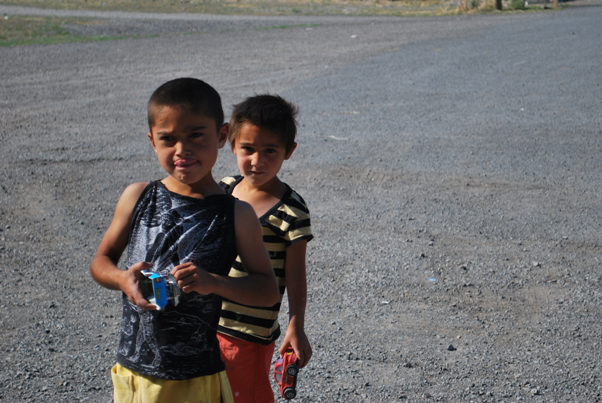
E’ uno dei posti piu’ belli che abbia mai visitato, per le rovine, per la localita’, il panorama, la Storia che emana. Emozionante, letteralmente. Questa foto non rende giustizia:
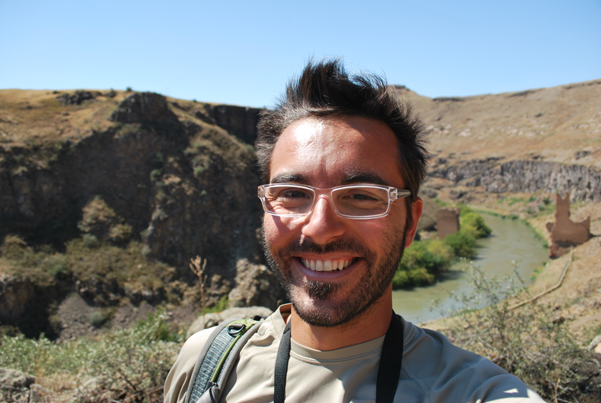
After crossing one o the most remote border till now, Posof,I come back to Turkey, destination Kars. The main goal is the visit to Ani.

<<a ruined and uninhabited medieval city-site situated in the Turkish province of Kars, beside the border with Armenia. It was once the capital of a medieval Armenian kingdom that covered much of present day Armenia and eastern Turkey. The city is located on a triangular site, visually dramatic and naturally defensive, protected on its eastern side by the ravine of the Akhurian River and on its western side by the Bostanlar or Tzaghkotzadzor valley. The Akhurian is a branch of the Araks River and forms part of the current border between Turkey and Armenia. Called the “City of 1001 Churches”, it stood on various trade routes and its many religious buildings, palaces, and fortifications were amongst the most technically and artistically advanced structures in the world.
At its height, Ani had a population of 100,000 – 200,000 people and was the rival of Constantinople, Baghdad and Cairo.[4] Long ago renowned for its splendor and magnificence, Ani has been abandoned and largely forgotten for centuries.>>
Wikipedia
Signori, una meraviglia di posto.
This is a church felt down for a half, after a thunder:


Another church above the river:

The broken bridge. Once upon Ani was at the end of the silk road:

Another church:

The castle ruins:

Children who greet me with “hello” and after get shy:

It’s one of the most beautiful places I have ever seen, for the ruins, for the location, the landscape, the History. Emotional, literally. This picture does not do justice:













